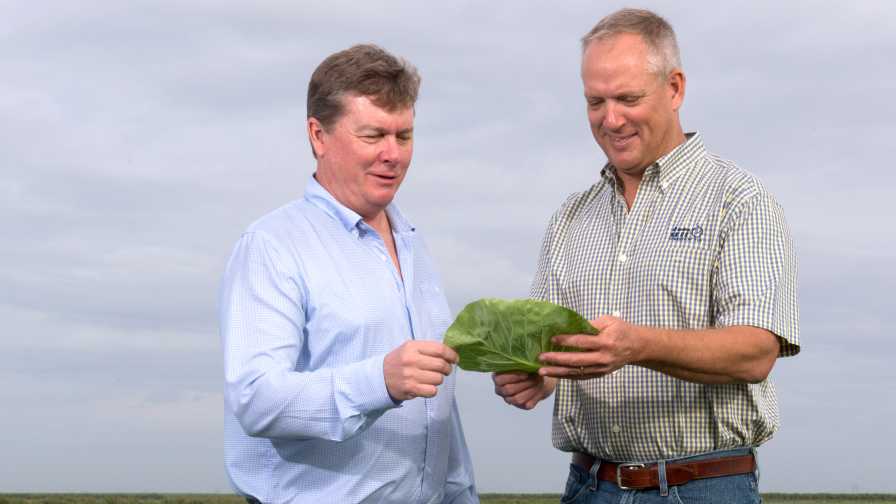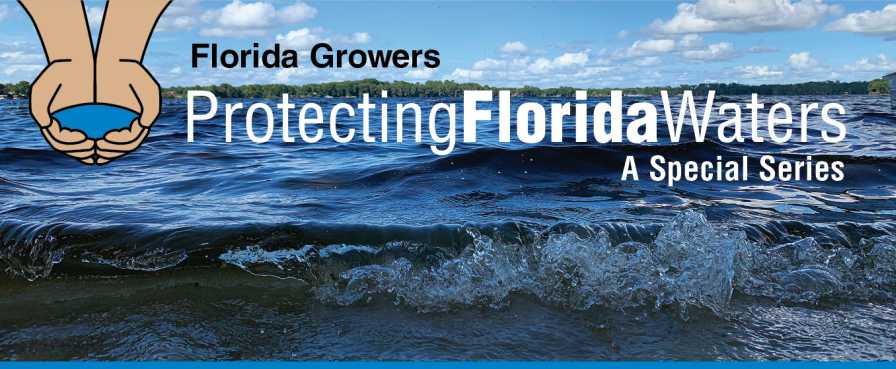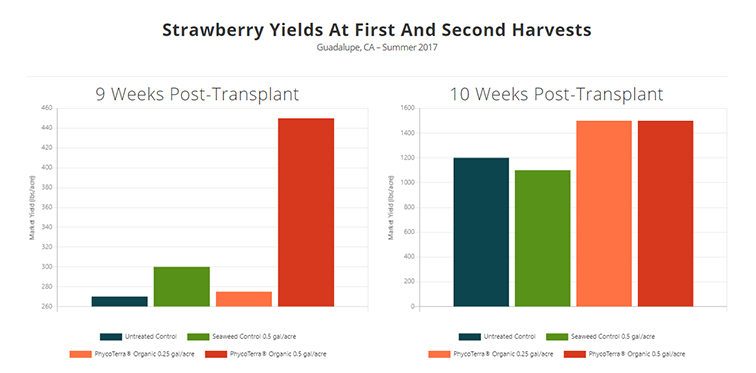How Hundley Farms Places a Priority on Nutrient Management

Tim Stein (right), an agronomist with Wedgworth’s, Inc. consults with Eric Hopkins (left) and others at Hundley Farms to fine-tune nutrient applications and stay in compliance with local water regulations in the Everglades Ag Area.
Photo courtesy of TFI
The Everglades Agricultural Area (EAA) is the primary source of winter vegetables for the Eastern U.S. It also is home to Hundley Farms, a third-generation family farm that has been in business there since 1969.
Like other farms in the area, they’ve been witness to and on the front lines of the debates and battles surrounding water over the years. And like other growers in the EAA, they’ve taken proactive measures to preserve the quality of water there. In fact, they were awarded a national 4R Advocate Award for their nutrient management program last year.
Eric Hopkins has been working with Hundley Farms for more than 25 years and currently serves as a Senior Vice President of the agribusiness. The farm grows several crops in the EAA, including sugarcane, sweet corn, green beans, cabbage, collards, radishes, and rice. Rice has become an important rotation crop to help remove excess nutrients from the soil and add organic matter back to the fields.
“All of our water is monitored by the South Florida Water Management District, and it has to be clean coming off our land,” Hopkins says. “It is tested regularly, so we do all we can to minimize issues. It also is a way to be more efficient and keep our land healthy. We do laser leveling of the fields to manage seepage irrigation more efficiently. Our fertilizer needs are determined by grid soil sampling. We don’t just assume we need to go out with a fertilizer rate every year; we test for it.
“One of the big hot button issues in the area is phosphorus run off into the Everglades. We have been on a nutrient management program for a long time to manage phosphorus levels leaving the EAA to keep them below mandated levels. We have exceeded that level well above and beyond what we probably thought we could have done when the program started. And we have done it year-after-year for a long time.”
Tim Stein, an agronomist for Wedgworth’s, Inc., has consulted with Hundley Farms to fine-tune fertilizer recommendations. He says the farm’s nutrient management program is solid and hits all the points required by the statewide BMP program.
“We do their soil testing and follow UF/IFAS recommendations for nitrogen, phosphorus, and potassium, Stein says. “We do custom applications for their vegetable crops with precision equipment. The nutrient blends we use are more efficient and more plant friendly. And we are growing these crops with controlled-released fertilizers to take out the peaks and valleys of their nutritional needs. They are doing a lot to be very precise with nutrients and also in managing the water for irrigation on the fields.”
Hopkins says protecting water resources must be a priority, and it touches just about every aspect of their production program. Beyond environmental benefits, the approach produces healthier, more productive crops often with some savings associated with applying less inputs.
The Hundleys don’t hide their 4R management practices. They’re known for their progressive operations and civic involvement. Company President John L. Hundley was named Palm Beach County’s Man of the Year by the Palm Beach Chamber of Commerce. Hopkins was the Leadership Palm Beach County’s Presidents Award recipient in 2018.
Best Management Practices a Plenty
Hundley Farms utilizes multiple tools and practices to protect Florida waters and be more productive. Here are a few.
- Nitrogen stabilizers for liquid and dry fertilizers
- Nitrification inhibitors
- Phosphate efficiency enhancement additives
- Use of fertigation to apply nutrients to productive areas of fields
- Split application of nutrients
- Use of plant tissue testing to evaluate effectiveness of fertilization program and as a diagnostic tool
- Foliar application of nutrients
- Use of GPS for precision planting, nutrient application, and tillage
 This is the latest in a series of articles featuring growers who are taking a proactive approach to protecting the water resources on and around their farms. The stories will investigate how production practices, equipment, and technology are helping growers in the Sunshine State do more to protect water. Come back next month for another installment.
This is the latest in a series of articles featuring growers who are taking a proactive approach to protecting the water resources on and around their farms. The stories will investigate how production practices, equipment, and technology are helping growers in the Sunshine State do more to protect water. Come back next month for another installment.









